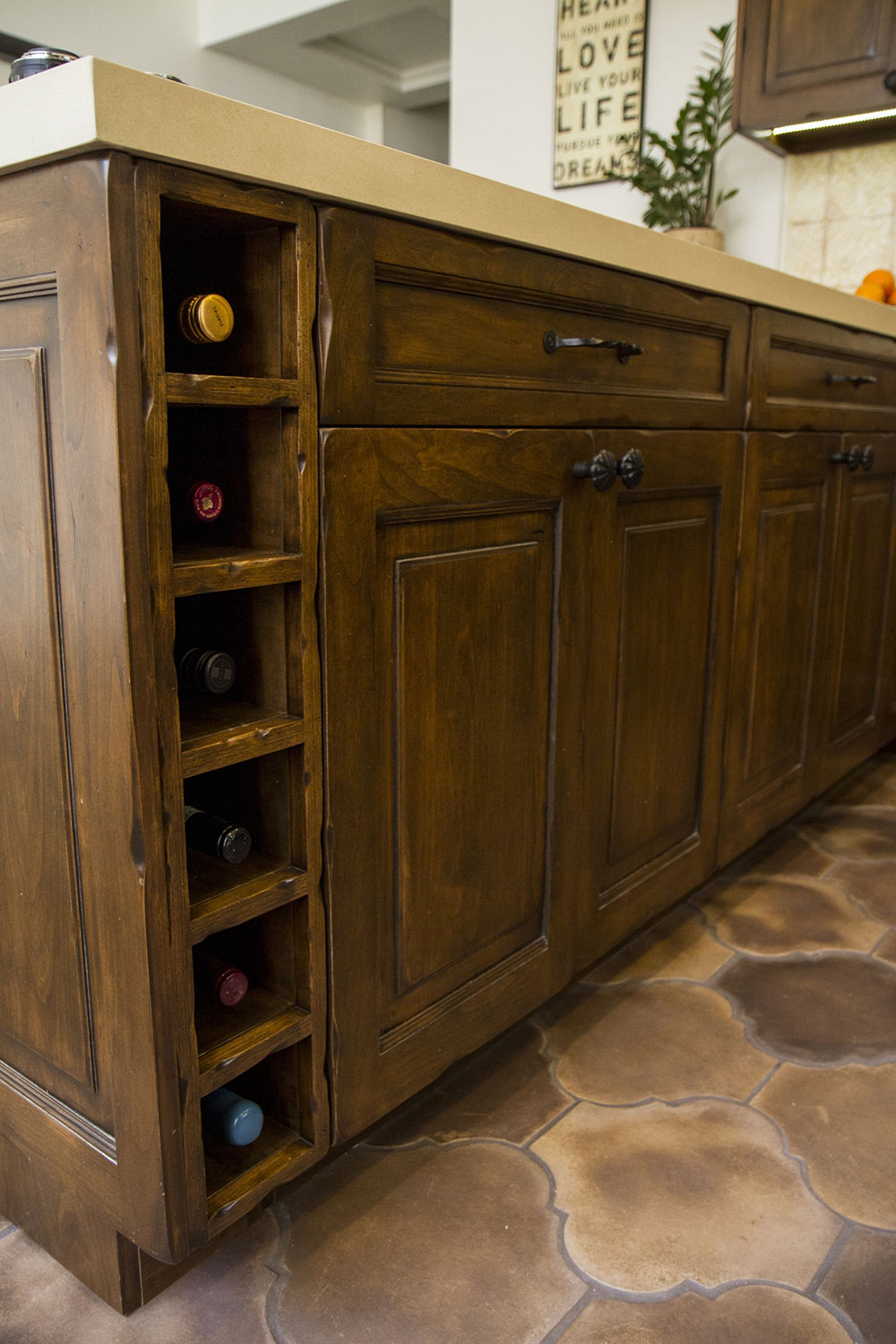
Removing kitchen cabinets might seem like a daunting task, but with the right tools and a clear plan, it can be a straightforward process. Whether you're updating your kitchen or preparing for a complete remodel, knowing how to safely and efficiently remove your cabinets is essential.
This guide will walk you through the process step-by-step, ensuring you have all the information you need to get the job done right.
How to remove kitchen cabinets? Before you begin, it's important to understand the different types of cabinets and how they are installed. Wall cabinets are typically mounted to studs in the wall, while base cabinetsDefinition: Cabinets that sit on the floor and provide storage space below the countertop level. Why... are secured to both the floor and the wall.
Each type of cabinet requires a slightly different removal approach, and understanding these differences will help you avoid unnecessary damage to your kitchen.
To remove kitchen cabinets, you will need the following tools:
Having these tools on hand will make the removal process smoother and safer.
Removing kitchen wall cabinets involves careful planning and execution. Follow these steps for a successful removal:
Clear the countertopsDefinition: Horizontal surfaces in kitchens used for food preparation, commonly made of granite, qua... and remove any items inside the cabinets. Place drop cloths or tarps on the floor and countertops to protect them from damage.
If your cabinets house electrical appliances or lightingDefinition: Various types of lighting fixtures used in kitchens, including task lighting, ambient li..., turn off the power to those areas. Disconnect any wiring carefully.
Use a screwdriver or drill to remove the screws from the hinges. Take off the cabinet doors and set them aside. This will make the cabinets lighter and easier to handle.
Remove any adjustable shelves inside the cabinets. This reduces the weight and makes the cabinets easier to maneuver.
Use a stud finder to locate the studs in the wall. Most cabinets are attached to studs for support.
Locate the screws or nails securing the cabinet to the wall. Use a drill or screwdriver to remove them. If nails were used, gently pry them out with a pry bar.
If the cabinets are attached to each other, remove the screws or nails connecting them. Carefully pry them apart.
With the help of another person, carefully lift the cabinet away from the wall. Place it on the floor or a sturdy surface.
Removing kitchen base cabinets requires attention to detail to avoid damaging the countertops and floors. Follow these steps:
Remove all items from the cabinets and place drop cloths on the floor to protect it.
Turn off water, gas, and electricity if any appliances or plumbing are involved. Disconnect pipes and wires carefully.
If possible, remove the countertops first. Use a utility knife to cut through any sealant. Unscrew or pry off the countertops gently.
Remove the doors using a screwdriver or drill. This makes the cabinets lighter and easier to handle.
Take out any drawers and shelves. This reduces weight and provides better access to screws and nails.
Find the screws or nails securing the cabinet to the wall and floor. Use a screwdriver or drill to remove them. If nails are used, gently pry them out with a pry bar.
If the base cabinets are connected, remove the screws or nails holding them together. Carefully pry them apart.
With help, lift the cabinets away from the wall and floor. Move them to a safe location.
Removing cabinets can be heavy and awkward. Having a partner helps distribute the weight and prevent injuries. It also makes the process more efficient and safer. Always plan your moves together to ensure you lift and carry cabinets without straining.
Ensure you have all the necessary tools before starting. Essential tools include a screwdriver, drill, pry bar, utility knife, and hammer. Using the correct tools makes the removal process smoother and safer, reducing the risk of damaging your cabinets or kitchen.
Protect yourself with gloves and safety goggles. Gloves protect your hands from sharp edges and splinters, while safety goggles shield your eyes from dust and debris. Wearing long sleeves and pants can also provide additional protection.
Rushing can lead to mistakes and injuries. Work methodically and carefully to avoid accidents. Plan each step and move deliberately to ensure you don’t damage your cabinets or surrounding areas.
Always turn off electricity, gas, and water before removing cabinets to avoid accidents. Disconnect any appliances or fixtures attached to the cabinets. This ensures a safe working environment and prevents potential hazards.
Clear the kitchen of all items and cover the floors and countertops with drop cloths or tarps. This protects your surfaces from damage and makes cleanup easier. Ensure the area is well-lit so you can see what you’re doing clearly.
As you remove screws, nails, and other hardware, label and store them in small containers or plastic bags. This organization helps when reassembling or installing new cabinets. It ensures you don’t lose any important pieces.
At Bradco Kitchens + Baths, we specialize in high-quality kitchen cabinets and doors. We offer custom kitchen cabinet solutions tailored to your needs and style.
Visit our Los Angeles showroom or explore our virtual options. For a personalized consultation, call us at (323) 727-2800. Let us help you transform your kitchen into a beautiful and functional space!
BOOK AN APPOINTMENT